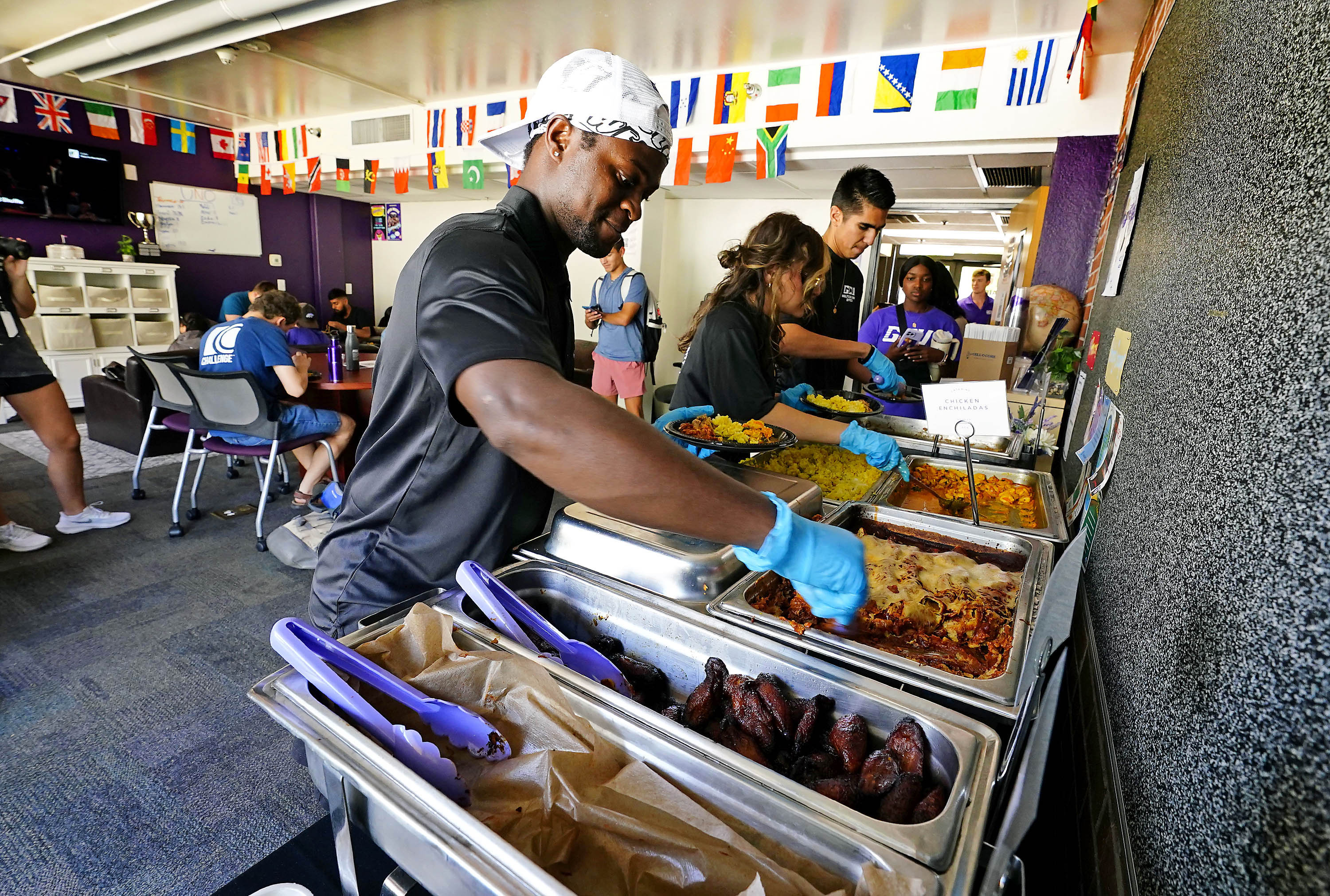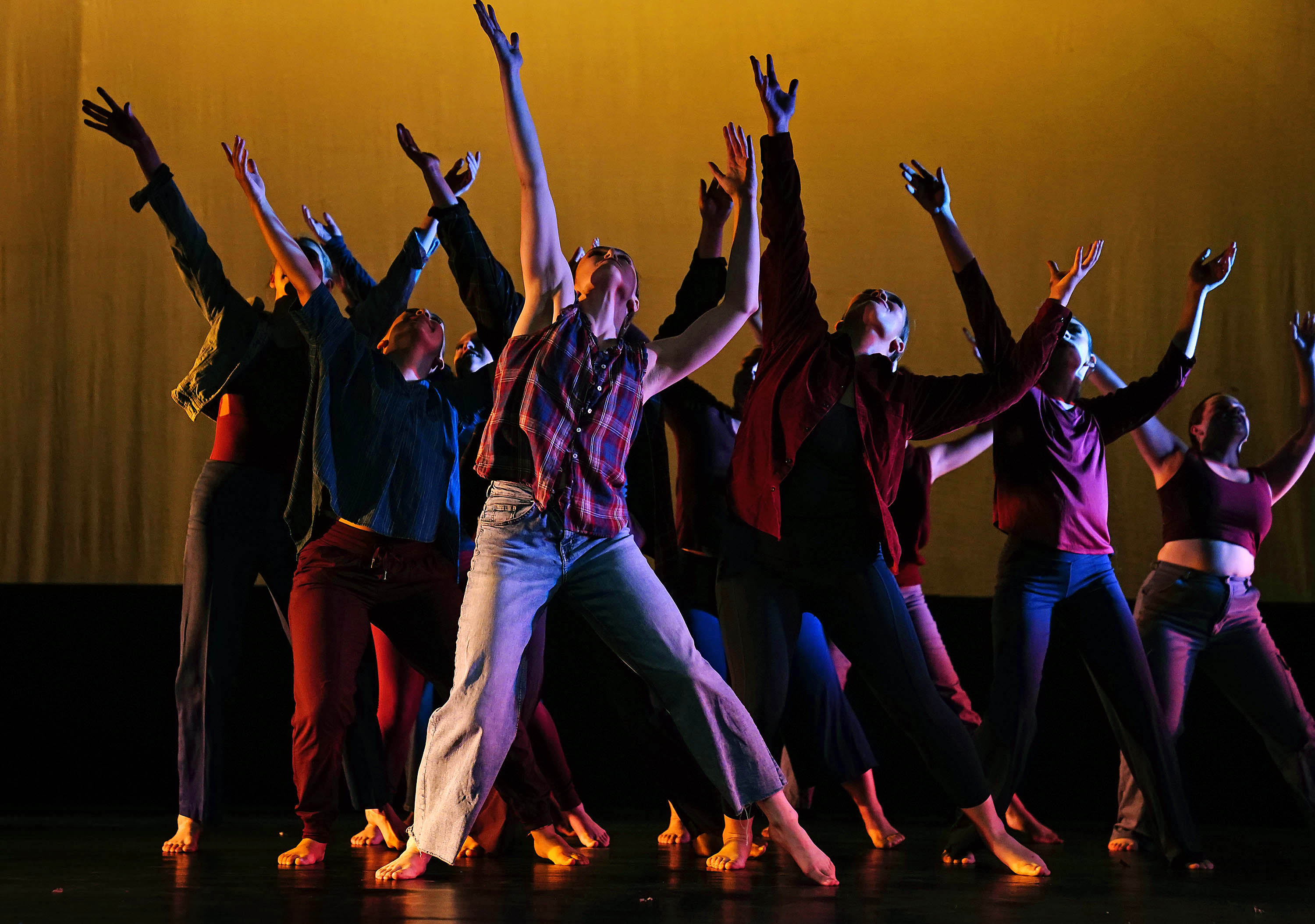
By Connie Colbert
Director, Canyon Health and Wellness Clinic
Don’t wait until January to start a New Year’s resolution. Start today and make it a lifestyle! It also will help ward off those extra holiday pounds.
According to the Centers for Disease Control and Prevention (CDC), physical activity can increase your chances of living longer lives! So why not start today? It will cost you nothing!
Everyone can gain the health benefits. Age, ethnicity, shape or size do not matter.
Did you know that …
- Only a few lifestyle choices have as large an impact on your health as physical activity. People who are physically active for about seven hours a week have a 40 percent lower risk of dying early than those who are active for fewer than 30 minutes a week.
- You don’t have to do high amounts of activity or vigorous-intensity activity to reduce your risk of premature death. You can put yourself at lower risk of dying early by doing at least 150 minutes a week of moderate-intensity aerobic activity (such as brisk walking).
The benefits far outweigh the risks and overall improve quality of life.
Exercise can:
- Help maintain a healthy weight and decrease your chances of cardiovascular disease
- If you already have Type 2 diabetes, it can help control your blood sugar levels
- Lower your blood pressure and cholesterol
- Strengthen your muscles and bones
- Slow the loss of bone that comes with age
- Help with arthritis and other conditions affecting the joints, leading to improved pain control and better quality of life.
Improve your mental health and mood
Regular physical activity can help keep your thinking, learning and judgment skills sharp as you age. It also can reduce your risk of depression and might help you sleep better.
Research has shown that doing aerobic or a mix of aerobic and muscle-strengthening activities three to five times a week for 30 to 60 minutes can give you these mental health benefits. Some scientific evidence also has shown that even lower levels of physical activity can be beneficial.
If you do not exercise, start slowly and work your way up! There is less of a risk of injury.
If you already have a chronic health condition, consult with your doctor to find out your limitations.
What are some of your reasons for not exercising? Here are the top 10, according to a recent study:
- Do not have enough time to exercise
- Find it inconvenient to exercise
- Lack self-motivation
- Do not find exercise enjoyable
- Lack confidence in their ability to be physically active (low self-efficacy)
- Fear being injured or have been injured recently
- Lack self-management skills, such as the ability to set personal goals, monitor progress or reward progress toward such goals
- Lack encouragement, support or companionship from family and friends
- Do not have parks, sidewalks, bicycle trails or safe and pleasant walking paths convenient to their homes or offices
Suggestions for overcoming those barriers
Lack of time:
- Identify available time slots. Monitor your daily activities for one week. Identify at least three 30-minute time slots you could use for physical activity.
- Add physical activity to your daily routine. For example, walk or ride your bike to work or shopping, organize school activities around physical activity, walk the dog, exercise while you watch TV, park farther away from your destination, etc.
- Select activities requiring minimal time, such as walking, jogging or stairclimbing.
Social influence:
- Explain your interest in physical activity to friends and family. Ask them to support your efforts.
- Invite friends and family members to exercise with you. Plan social activities involving exercise.
- Develop new friendships with physically active people. Join a group, such as the YMCA or a hiking club. Join a gym and attend a class you enjoy.
Lack of energy:
- Schedule physical activity for times in the day or week when you feel energetic.
- Convince yourself that if you give it a chance, physical activity will increase your energy level. Then try it.
Lack of motivation:
- Plan ahead. Make physical activity a regular part of your daily or weekly schedule and write it on your calendar.
- Invite a friend to exercise with you on a regular basis and write it on both your calendars.
- Join an exercise group or class.
Fear of injury:
- Learn how to warm up and cool down to prevent injury.
- Learn how to exercise appropriately considering your age, fitness level, skill level and health status.
- Choose activities involving minimum risk.
Lack of skill:
- Select activities requiring no new skills, such as walking, climbing stairs or jogging.
- Take a class to develop new skills.
Lack of resources:
- Select activities that require minimal facilities or equipment, such as walking, jogging, jumping rope or calisthenics.
- Identify inexpensive, convenient resources available in your community (community education programs, park and recreation programs, worksite programs, etc.).
Weather conditions:
- Develop a set of regular activities that are always available regardless of weather (indoor cycling, aerobic dance, indoor swimming, calisthenics, stair climbing, rope skipping, mall walking, dancing, gymnasium games, etc.).
Travel:
- Put a jump rope in your suitcase.
- Walk the halls and climb the stairs in hotels.
- Stay in places with swimming pools or exercise facilities.
- Join the YMCA or YWCA (ask about reciprocal membership agreement).
- Visit the local shopping mall and walk for a half-hour or more.
- Bring your mp3 player and listen to your favorite aerobic exercise music while working out.
Family obligations:
- Trade babysitting time with a friend, neighbor or family member who also has small children.
- Exercise with the kids – go for a walk together, play tag or other running games, get an aerobic dance or exercise tape for kids (there are several on the market) and exercise together. You can spend time together and still get your exercise.
- Jump rope, do calisthenics, ride a stationary bicycle or use other home gymnasium equipment while the kids are busy playing or sleeping.
- Try to exercise when the kids are not around (e.g., during school hours or their nap time).
Retirement years:
- Look upon your retirement as an opportunity to become more active instead of less. Spend more time gardening, walking the dog and playing with your grandchildren. Children with short legs and grandparents with slower gaits often are great walking partners.
- Learn a new skill you’ve always been interested in, such as ballroom dancing, square dancing or swimming.
- Now that you have the time, make regular physical activity a part of every day. Go for a walk every morning or every evening before dinner. Treat yourself to an exercycle and ride every day while reading a favorite book or magazine.
Content in the “Personal Barriers” section was taken from “Promoting Physical Activity: A Guide for Community Action” (USDHHS, 1999).
























